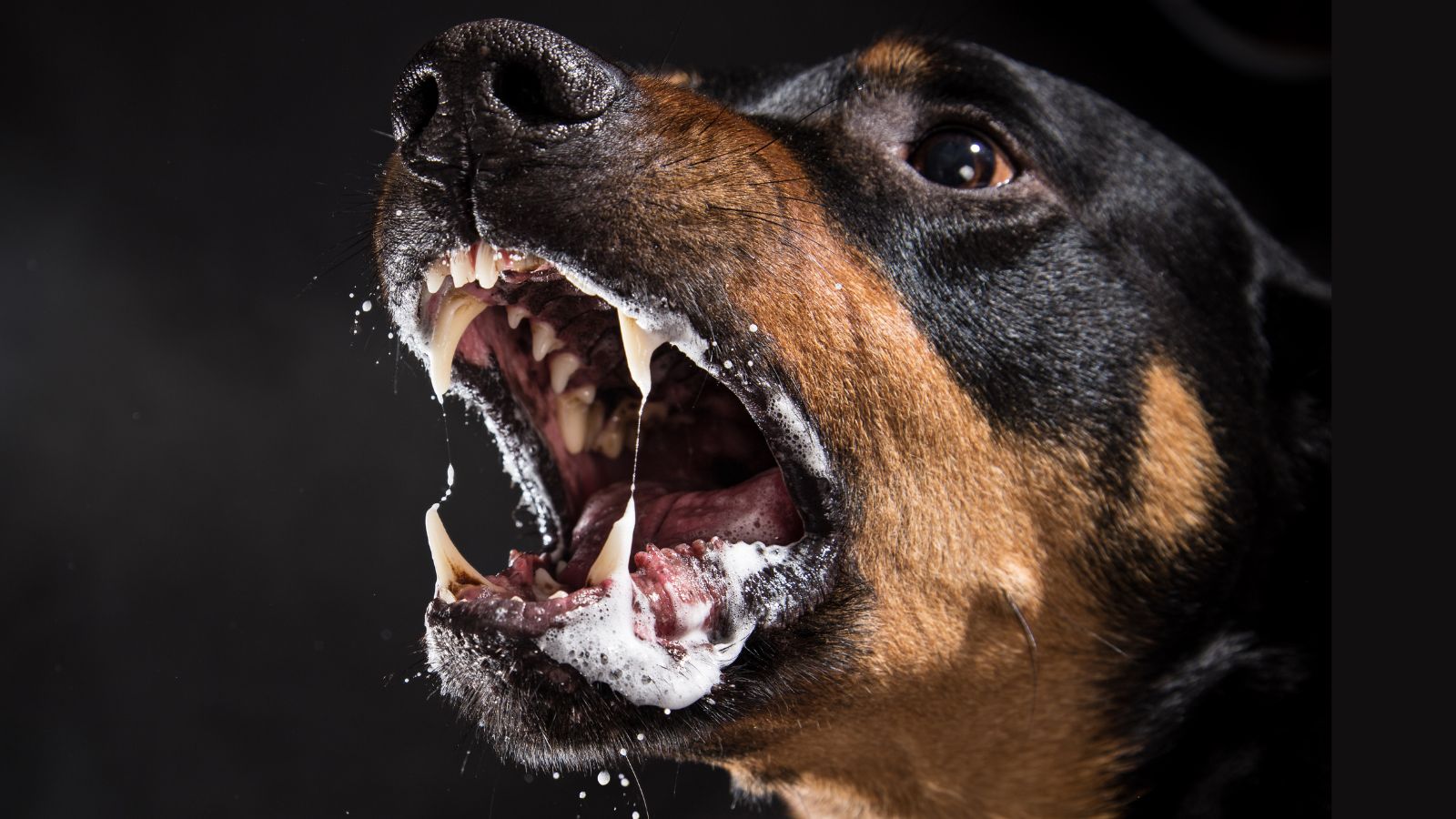Dogs are generally known as man’s best friend, and in many cases, the statement couldn’t be more accurate. However, it’s important to remember that all dogs have intrinsically different temperaments and backgrounds. Some breeds are more likely to be involved in attacks than others, often due to their size, strength, or popularity. It doesn’t mean we can’t own them; we just need to take the extra steps required to ensure they’re well-trained and safe in public spaces.
Pit Bull
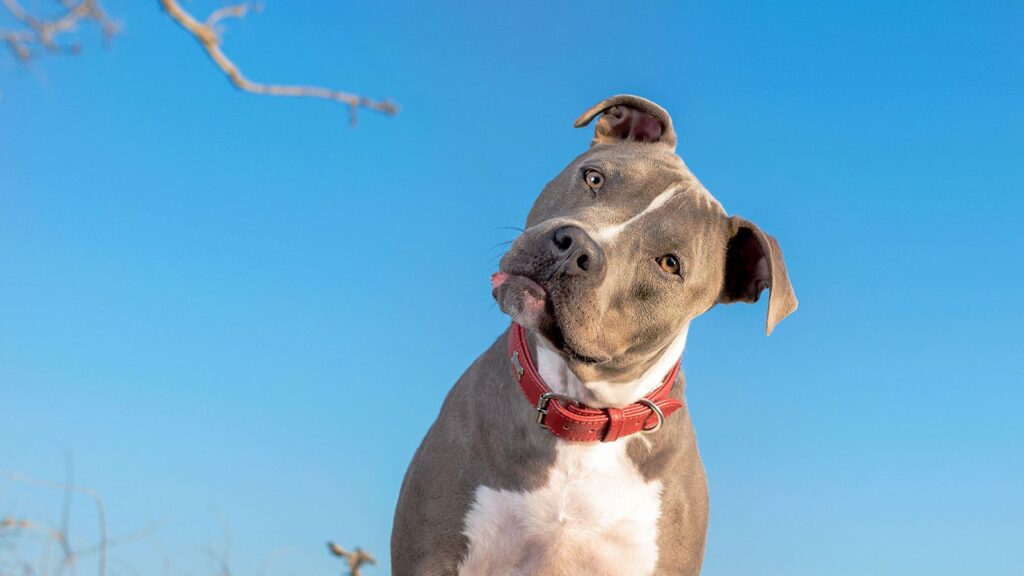
Pit Bulls often top the most dangerous list due to their strength and popularity. They have a loyal nature but require intensive training and plenty of socialization. Aggression usually stems from poor training or mistreatment which places them at the fore of attack statistics. Sadly, many are reared for dogfighting, which makes rescue dogs highly temperamental.
Rottweiler
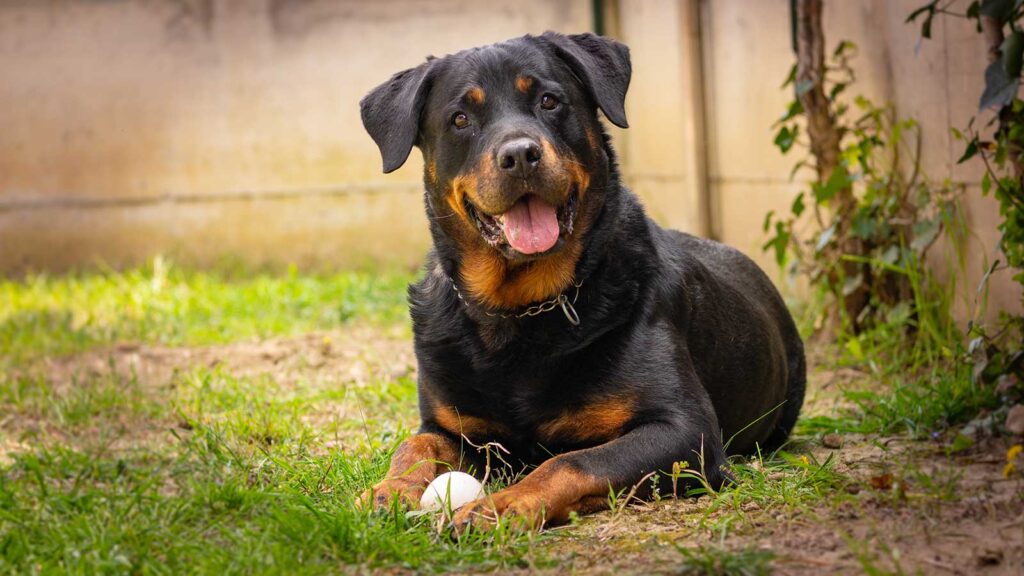
Rottweilers are well known for their protective instincts and that’s what makes them loving family pets. With their sturdy builds and power, they need firm training and experience in public situations. Without it, those natural guarding tendencies can quickly turn into aggression.
German Shepherd

Often used by police and military for their intelligence and protective nature, the powerful build of a German Shepherd makes them ideal for hunting down criminal activity. If they aren’t properly managed and trained, their protective nature can turn to aggression, especially towards strangers. Owners should ensure they’re fully aware of the breed before choosing to bring one into their home.
Doberman Pinscher
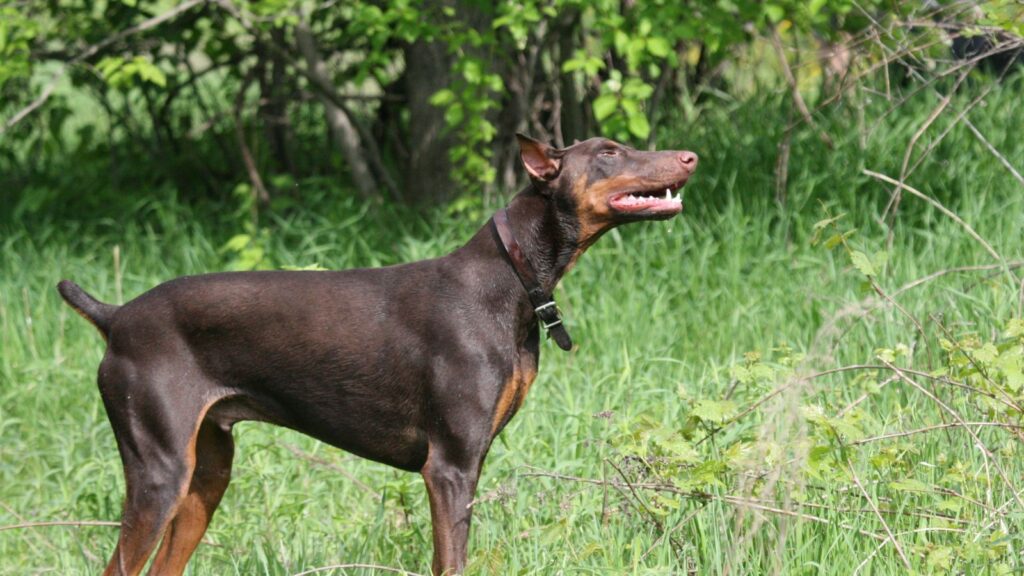
Dobermans are sleek in appearance, strong, and loyal. As a domestic pet, they couldn’t be more loving and equally make excellent guard dogs. Their steadfast protection towards their owners makes them prone to attacks if they sense danger, so extensive training is necessary to nurture their timid side.
Bullmastiff
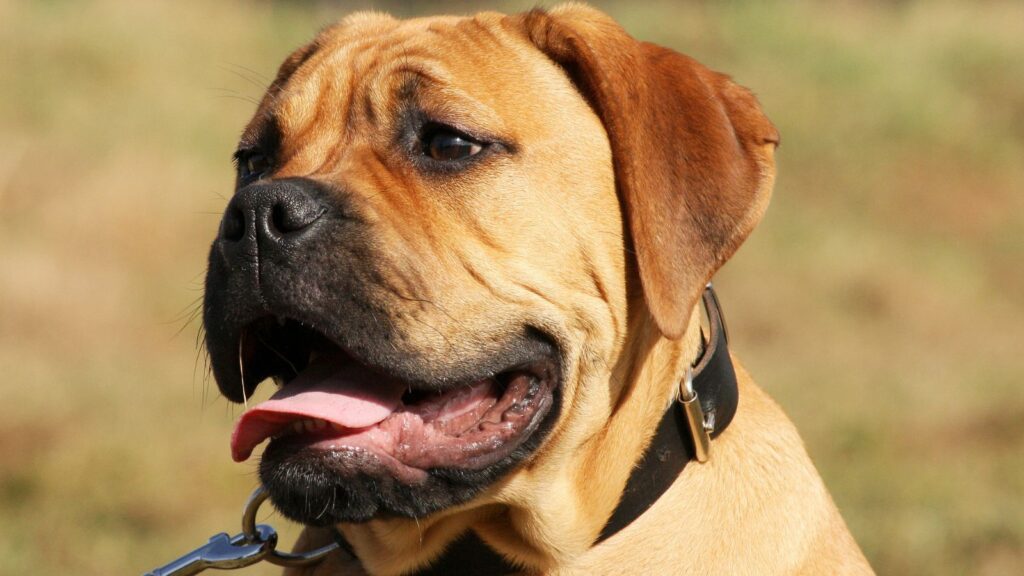
Instantly recognizable by their large, powerful builds, Bullmastiffs were originally bred to guard private properties. Their size and strength can be intimidating to many, making them the perfect deterrent to trespassers. However, without proper training, they can turn nasty if they’re protecting their territory.
Husky
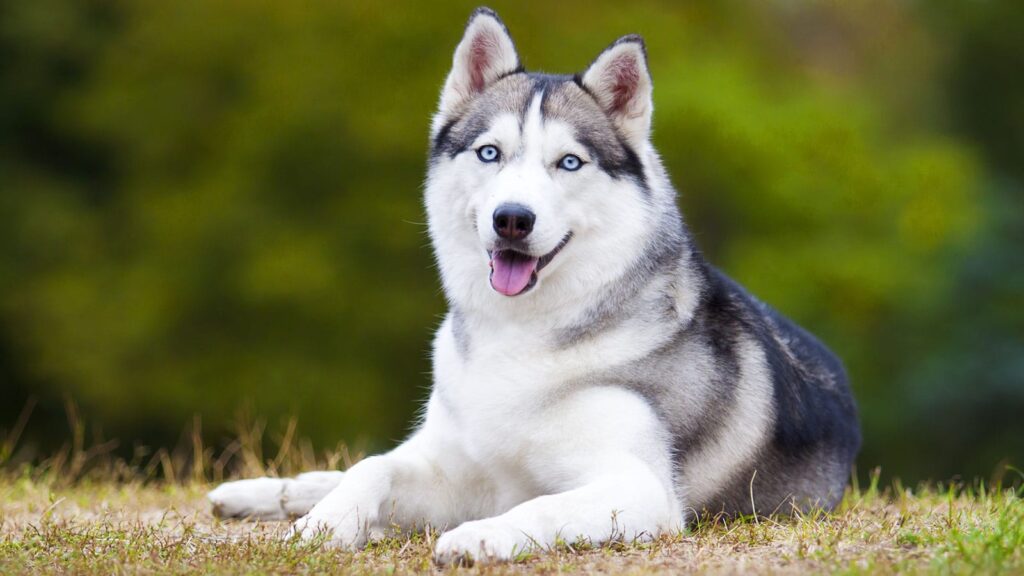
Huskies can be perfectly docile when they’re treated like the softies they are, but their energetic, independent natures can also be the cause of an attack. There’s no doubt that they’re beautiful and have tremendous stamina, but owners need to ensure that their strong prey drive and stubborn nature are kept in check.
Boxer
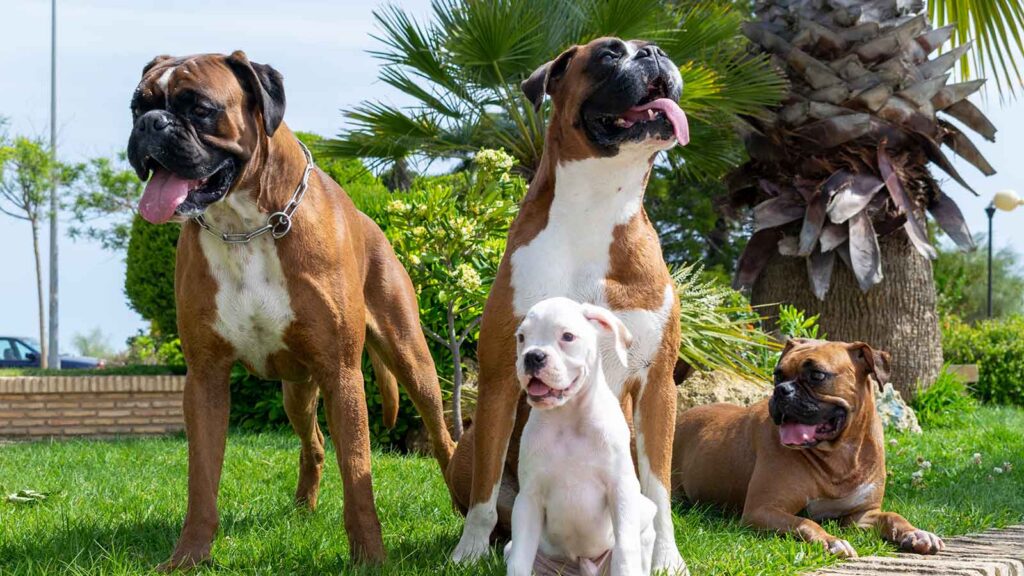
Boxers are known for their playful and energetic nature, which makes them a great family pet. They’re also fiercely protective of their families. With the right training, their exuberance can be tamed. Without it, it can sometimes translate into aggression if not properly managed.
Chow Chow
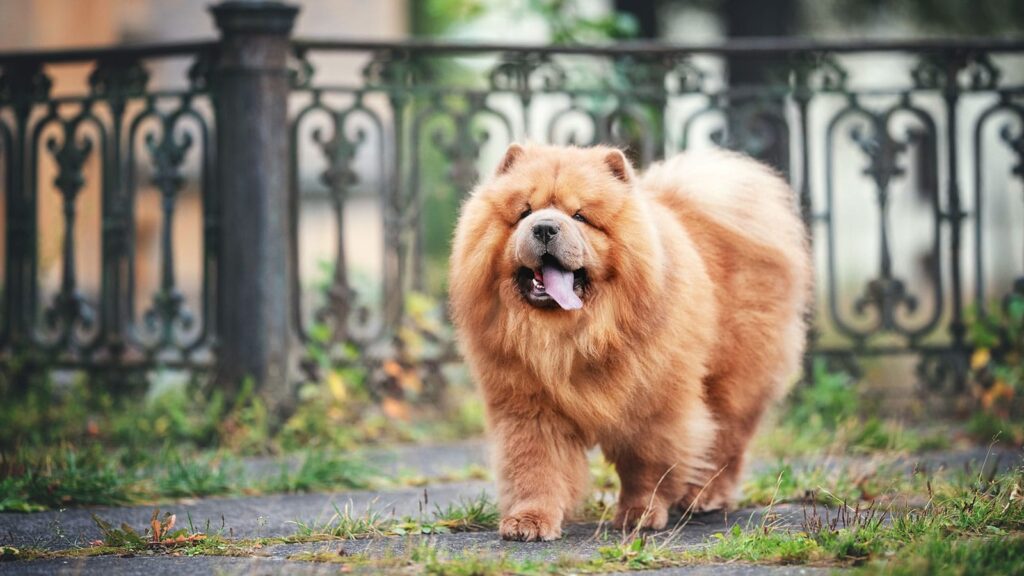
It can be easy to mistake these beautiful, furry animals for soft touches, but they’re more aloof than they appear to be. Their strong independence means that they can be easily aggravated if their space is invaded, so they must be well-trained to prevent them from lashing out at strangers.
Dalmatian
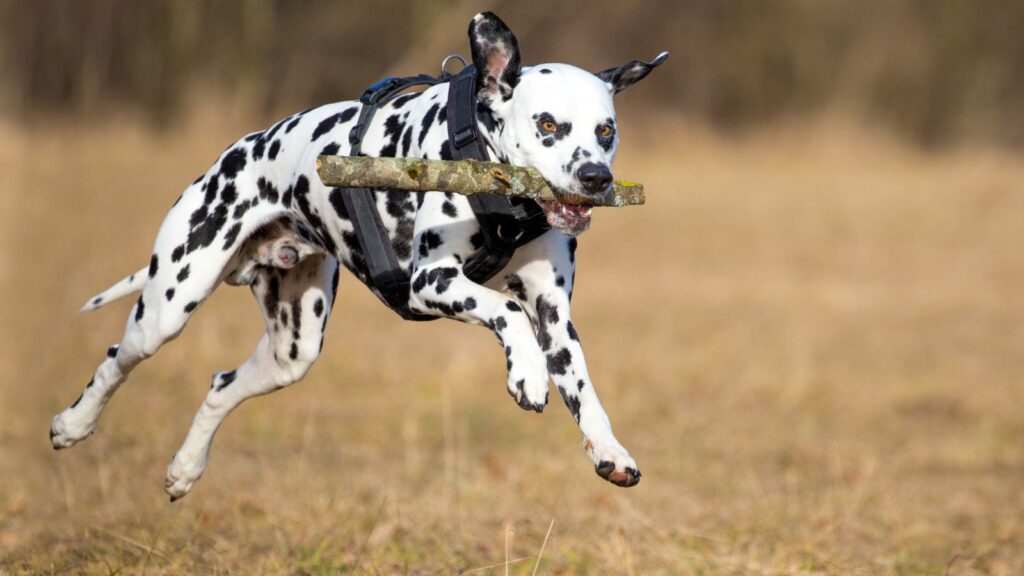
Dalmatians are largely underestimated as being quiet and sensitive, both of which are undeniable traits of the breed. However, their need to protect their owners is top of their agenda so they can negatively react to any unwanted surprises. They’re hard to miss with their distinctive spots, but it’s wise to discourage young children from approaching them without understanding their temperament.
Jack Russell Terrier
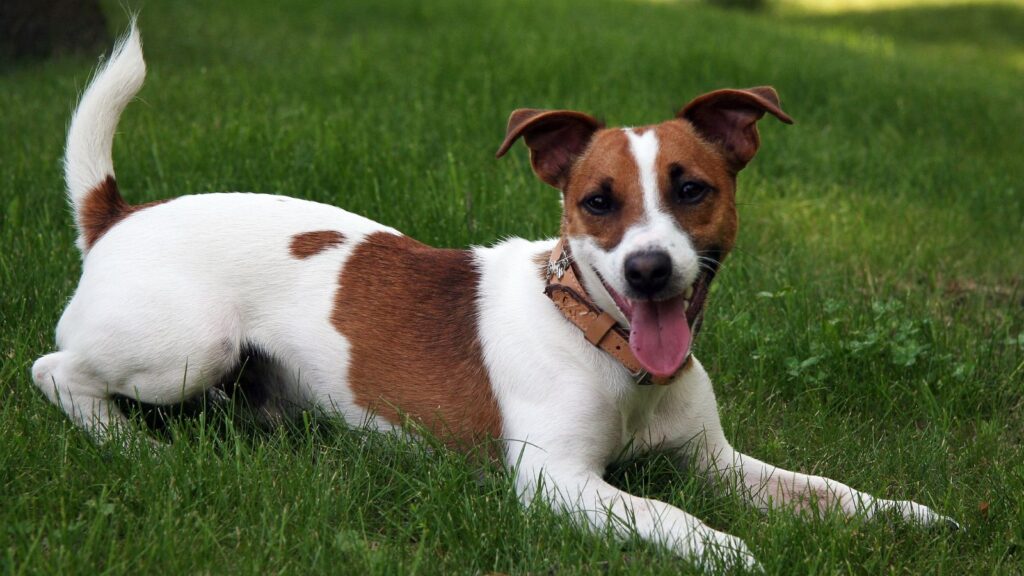
Jack Russell’s might be small, but they’re a force to be reckoned with. They have high energy levels and a strong prey drive, which can prompt them to lash out if they feel threatened. Their bold and fearless nature can sometimes result in aggressive behavior, especially towards other animals.
Akita
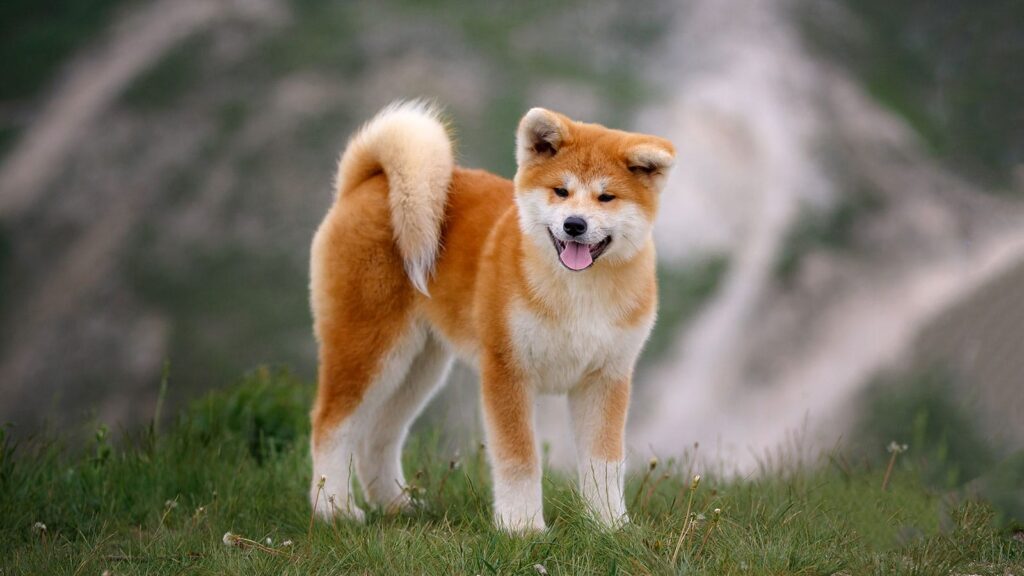
The Japanese Akita is a large, powerful dog known for its loyalty. Owners need to understand that beneath their beautiful exterior, they’re possessive and territorial, making contact with others quite challenging. Training is vital from a young age, and slow, steady introductions are important when meeting other dogs or humans.
Great Dane
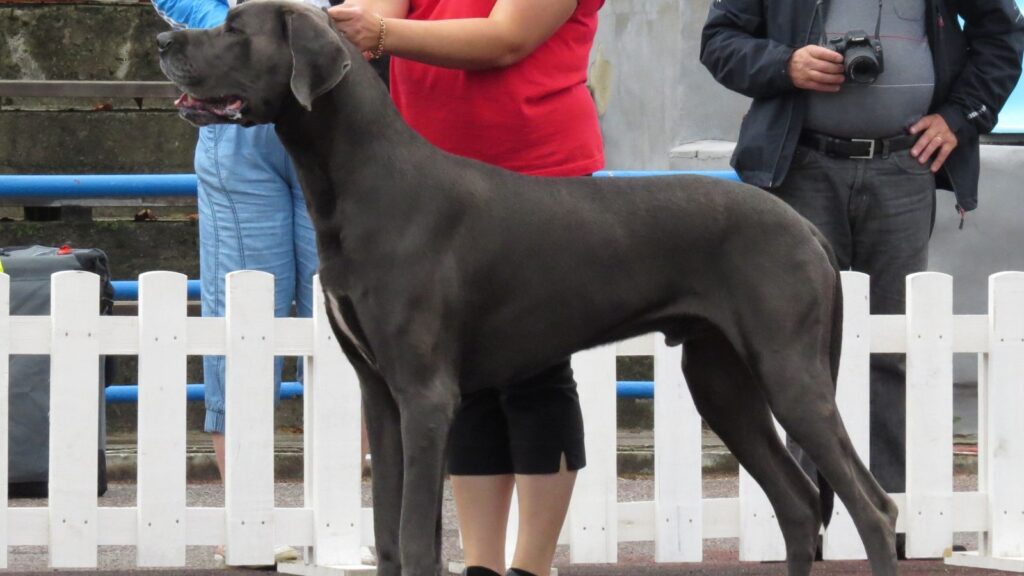
Despite their gentle giant reputation, Great Danes can be involved in attacks due to their sheer size and strength. One of the main reasons for biting is perceived threats from strangers, so proper training is essential to ensure that their friendly nature is maintained.
Alaskan Malamute
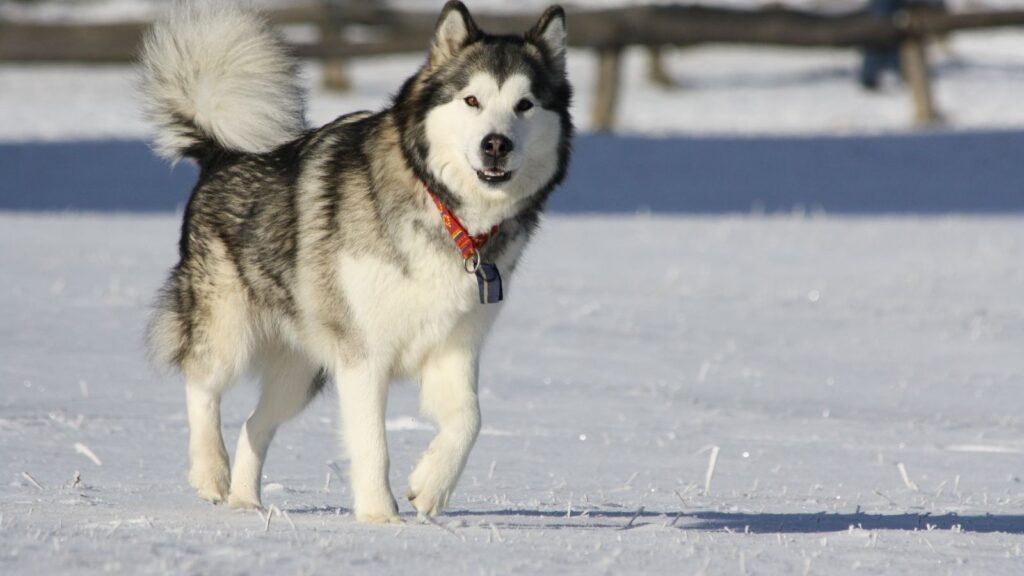
Similar to Huskies but larger, Malamutes are bred for their strength and independence. With the right training, they can be perfect domestic pets, but their high energy levels and strong prey drive can sometimes lead to aggressive behavior.
Cane Corso
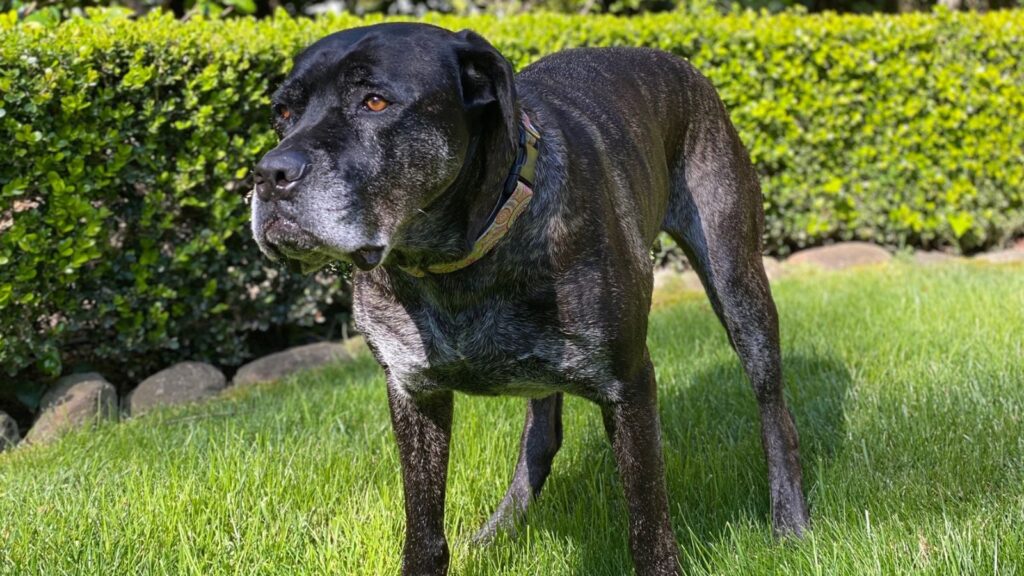
Cane Corsos are Italian breeds of Mastiff and similarly, both powerful and robust. They are originally bred for guarding property due to their intrinsic protective natures. They need to be taught reward-based training from a young age to prevent them from jumping up, a trait that can lead to aggression if not managed well.
Wolf Hybrid
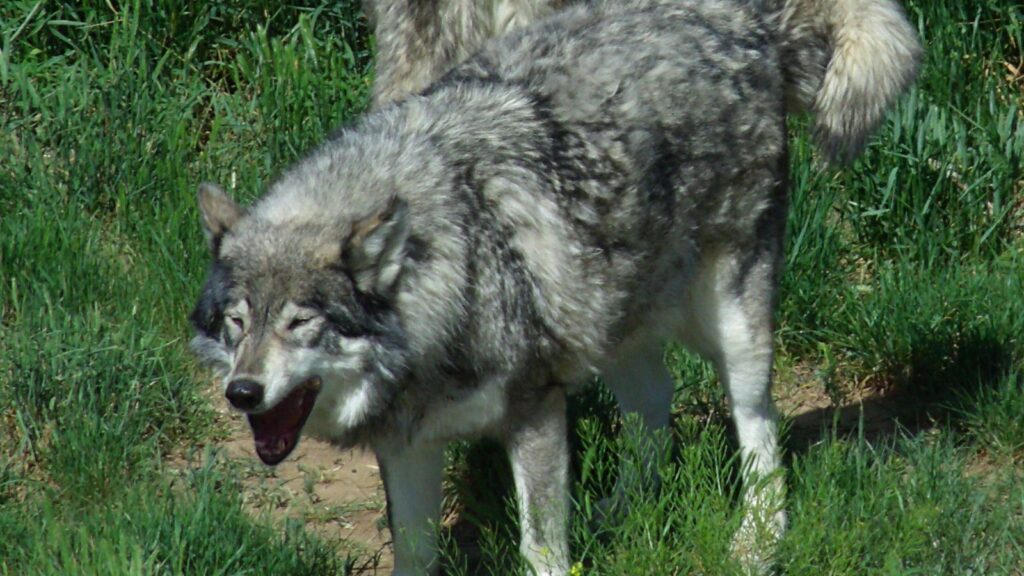
Wolf hybrids, being part-wolf, have unpredictable temperaments. While there’s no US law against owning a wolf hybrid, in the UK, a license is required for ownership, and they must be three generations away from the original parent wolf. Their wild instincts can sometimes override domestic training, leading to higher incidents of aggression compared to other breeds. They should only be kept as domestic pets when owners have an extensive understanding of the traits of the breed.
Saint Bernard
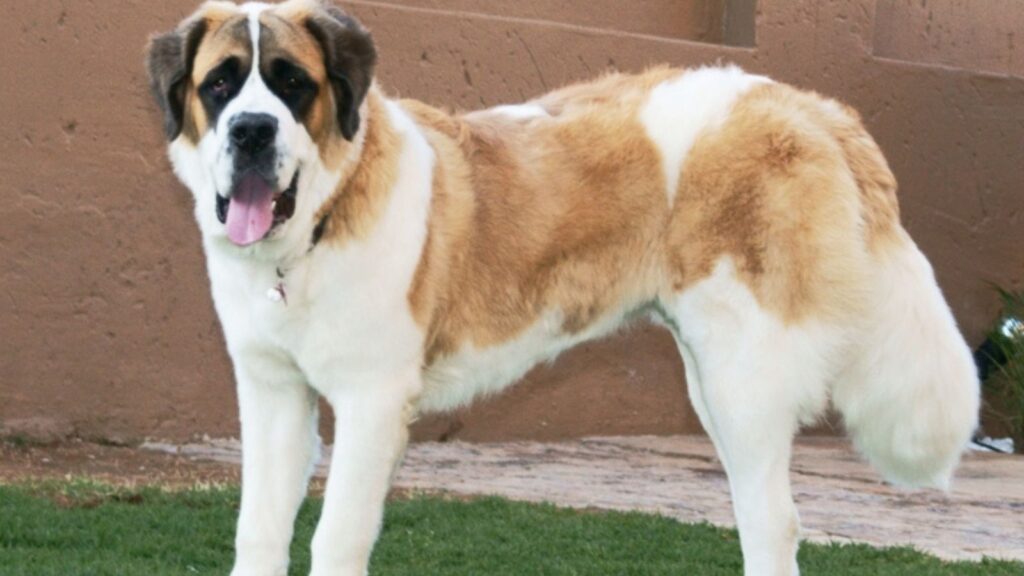
Saint Bernards are gentle giants and they’re happy to live a simple life. They’re protective of their owners and only tend to enter confrontation when they feel threatened. That said, their large size can magnify the smallest of incidents, making them appear more dangerous than they are.
American Bulldog
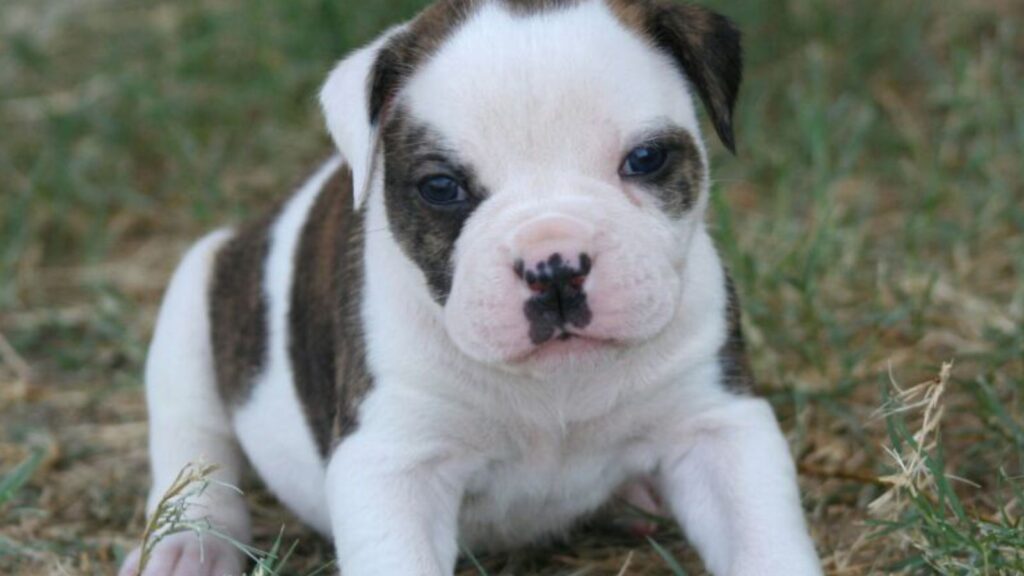
American Bulldogs are muscular and protective in build, a physical trait that has given them a bad name over the years. There is evidence to show that they were originally bred for dog fighting, which makes them more prone to biting than many other breeds. Their loyalty can sometimes turn into aggression if they perceive a threat to their family, making early socialization and training crucial.
American XL Bullies
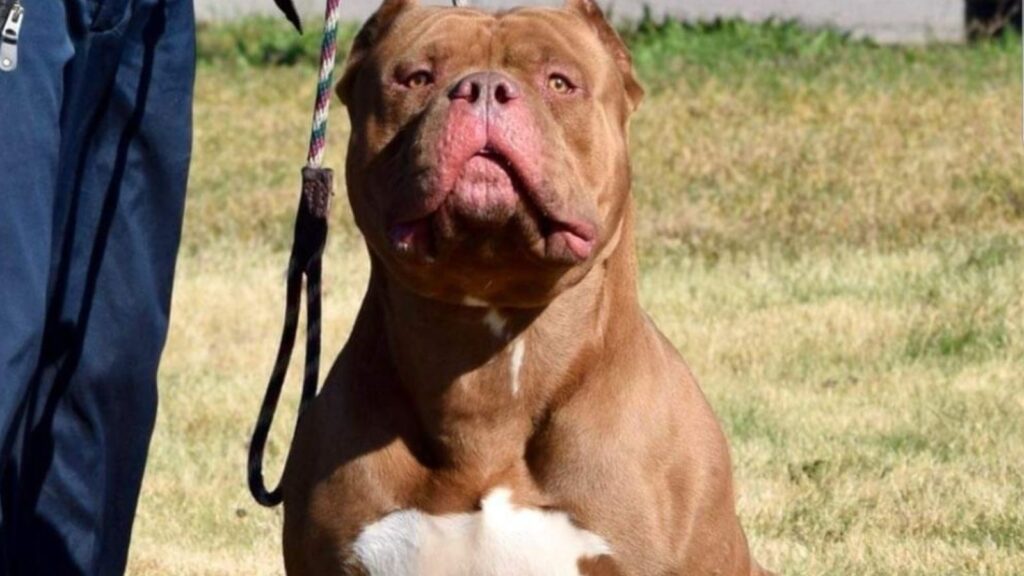
While the US has no law against owning XL Bullies, the breed has recently been banned in the UK due to the number of domestic incidents that resulted in tragic outcomes. There are numerous debates concerning the safety of the breed with some arguing that incidents are down to poor management and lack of training. The size of the breed, coupled with the power of their jaw, makes them potentially dangerous dogs.
30 Traditional Sayings That Are Now Considered Offensive by Woke Culture

30 Traditional Sayings That Are Now Considered Offensive by Woke Culture
21 Habits Often Associated With Having a Lower Social Status

21 Habits Often Associated With Having a Lower Social Status
25 Social Issues Gen Z are Determined to Cancel

